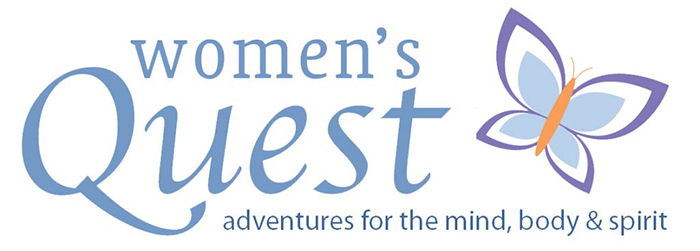We are patiently waiting for snow here in Colorado. I asked uber skier and WQ staff member Christina Russell what indoor exercises we could do to get us in shape for the ski season and to keep us from losing our minds while we wait for fluff
Here is the answer:
Most of us think of returning to snow, we recall the sizzle of our quads as they seared with burning pain from the first punishing bump runs of the year. The natural inclination is to head to the gym and push some heavy weights to gain strength. While it is important to prepare the legs for guiding us downhill, neglecting other aspects of the sport’s demands leaves some body regions more vulnerable to injury. A strong core or trunk to match those powerful skier’s legs, for instance, is crucial to avoiding low back pain. Well developed agility and balance can add finesse to your skiing and reduce the need to muscle through moves on the hill. A comprehensive program blends leg strength and power with core strength, agility, aerobics, and balance, incorporating a series of progressively harder exercises to challenge your abilities and skills as they progress. Here are several of the basics that can get you started on your quest to grace the slopes with panache.

The squat is the basic ski-specific movement to prepare hips and thighs for the rigors of mountain travel. It can be modified to more closely simulate skiing by changing the rate of moving up and down, adding rotation at the hips, and by adding lateral movements. You can increase the force of your squat, and make the movement more like the natural skiing motion by focusing on the eccentric, or lowering portion of the movement, then exploding from your loaded position into your next one. No matter how you are doing squats, some attention to form will help avoid overuse injuries. Keep knees from advancing in front of your toes to reduce stress to kneecaps and the patellar tendon below it. Stacking your knees in line with your feet (keeping your shins vertical) as seen when facing a mirror will help develop movements that minimize stress to ligaments. The advent of shaped skis has allowed us to eliminate that old-school ‘A-frame shape’ we used to use to engage the edges of those long, straight boards.
To perform a basic squat, start by standing with feet slightly wider than hip width apart. Then reach both hands forward (small hand-weights can be added to increase the challenge), and drop your butt back, as if you were going to almost sit on a cold outhouse seat. Thighs should go no deeper than parallel to the floor. You can adjust the depth as your fitness allows. If you work up to performing these for the length of time it takes to finish a ski run your legs will be well prepared for time on the snow.


Core strength to match the increasing strength of the legs is critical to reducing the opportunities for back problems, especially for bump skiers. When strengthening the core for skiing and back protection, we want to address those muscles that stabilize rather than 

To perform this, hold a stretch band at arms length (the further away from your center you hold the band, the more force that is required to pull it). Engage your core stabilizers by drawing the belly button in toward your spine. Keep your shoulders and pelvis moving at the same rate and keep them from twisting as you step to the side. If you pay attention to your waist area, you will feel the muscles engaging more the harder you pull.


Skiing is ultimately a balance sport, so single leg balance may well be the one best thing you can do to recover from minor imbalances, reduce falls, and the chance for injury. You can stand on the floor, a pillow, a 1/2 foam roller (available at OPTP.com), or a wobble cushion (an inflatable disc).
Challenge can be added by closing your eyes, rotating your head left and right, reaching your free leg as far as you can in a star pattern, or reaching your hand from floor to overhead. When reaching overhead you can also reach back with some rotation, as long as you engage your abdominal muscles to protect your low back. Returning to a centered and balanced position will simulate covering from one of the ACL-risking patterns of falling.




Christina Russell is a certified massage therapist, fitness instructor and personal trainer at Alpine Physical Therapy in Fraser, CO.
